The Economics of Google: A Report on Monopoly and Market Competition
VerifiedAdded on 2022/09/06
|14
|673
|25
Report
AI Summary
This report provides an economic analysis of Google's market position, focusing on its potential monopoly power in various subsectors. It examines Google's dominance in search engine services, online advertising, and online shopping, highlighting its substantial market share and the impact of economies of scale. The report differentiates between pure and natural monopolies and discusses the extent of competition Google faces from rivals like Bing, Yahoo, and Amazon. It evaluates Google's approach to innovation and its strategies to maintain market dominance, including short, medium, and long-term plans related to service customization, sub-sector improvements, and potential mergers and acquisitions. The conclusion emphasizes Google's network effect, data access, and continuous investment in research and development to maintain its competitive edge. The report references several academic sources to support its analysis.
1 out of 14

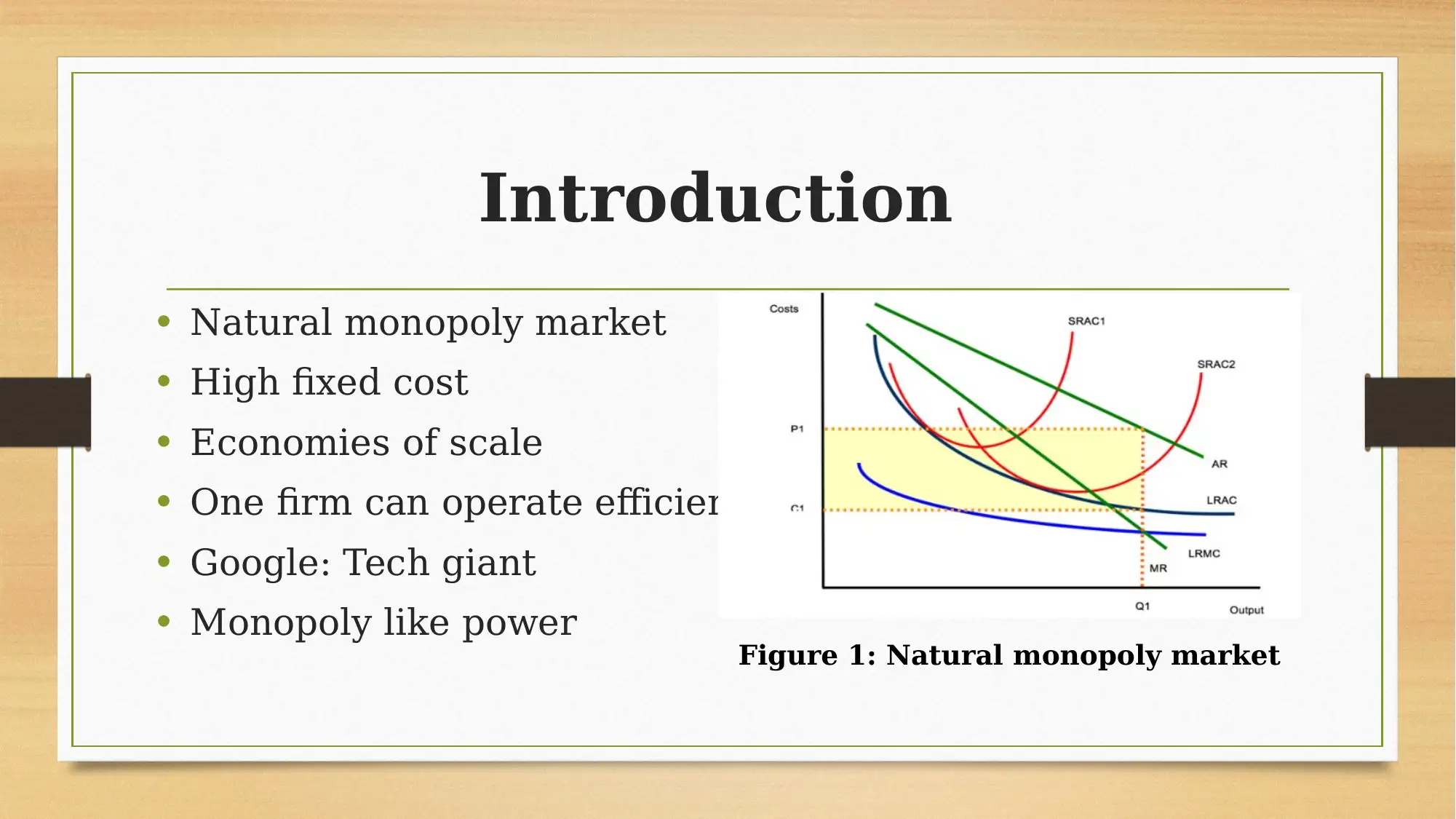
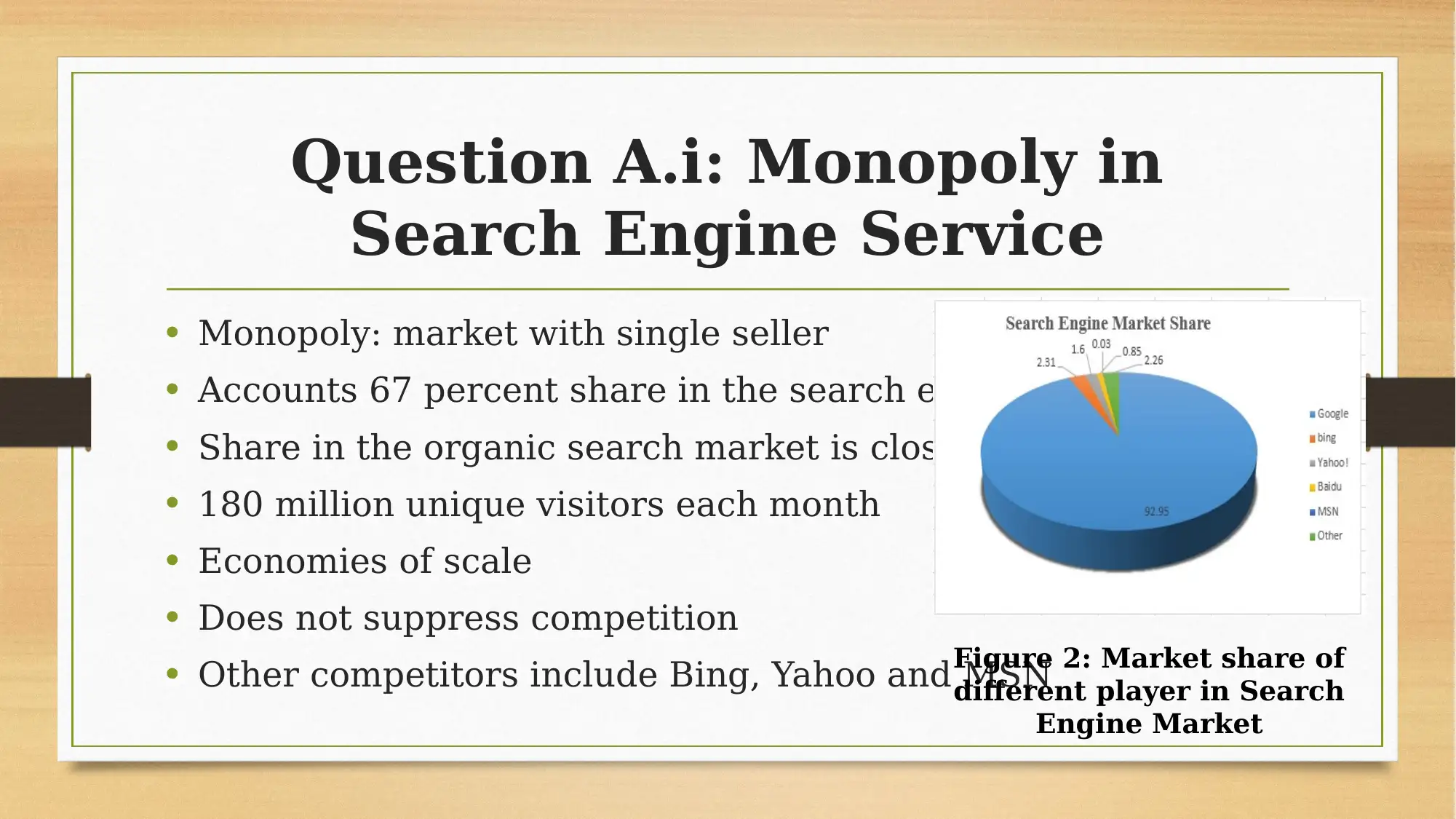

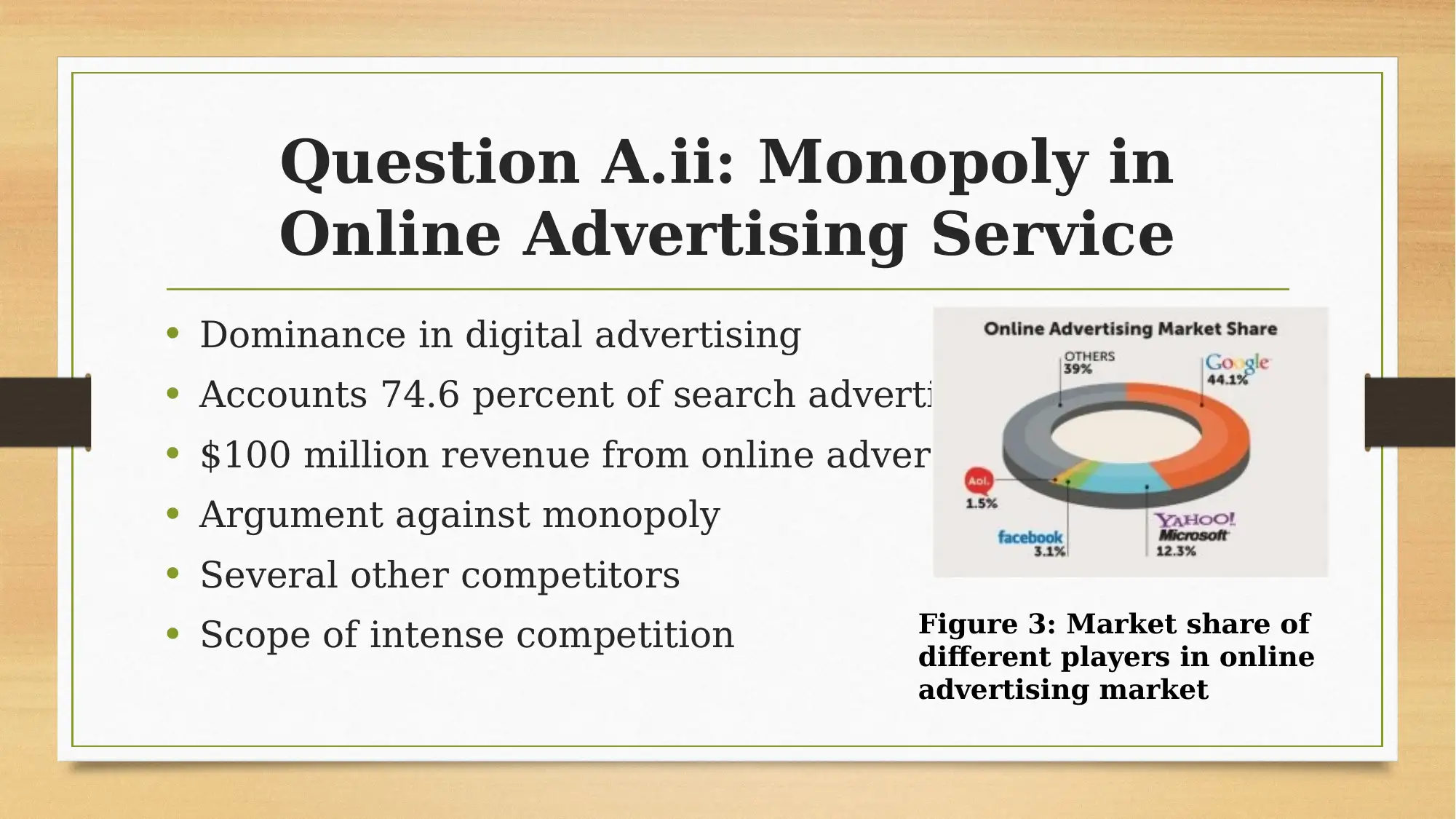
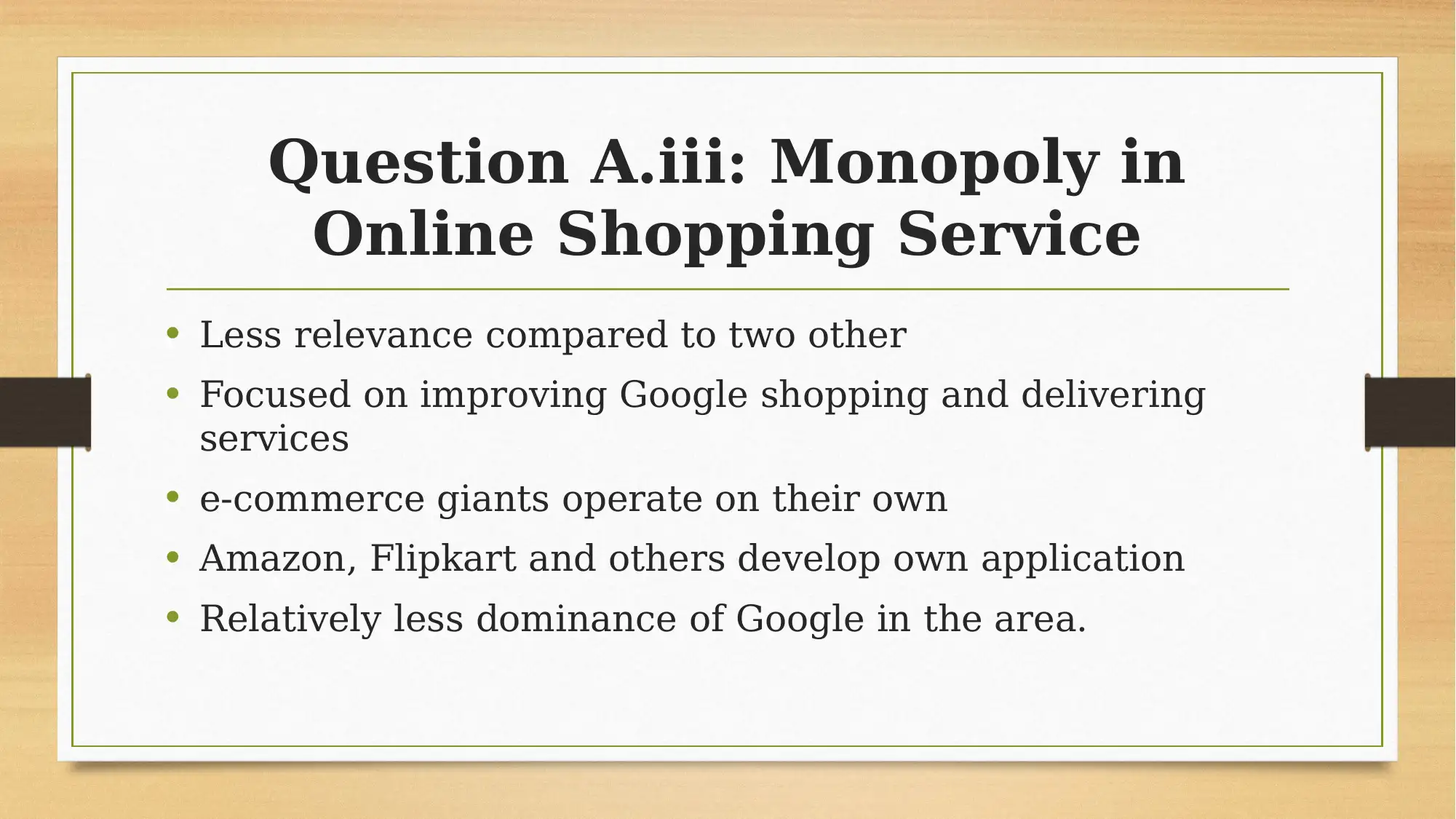
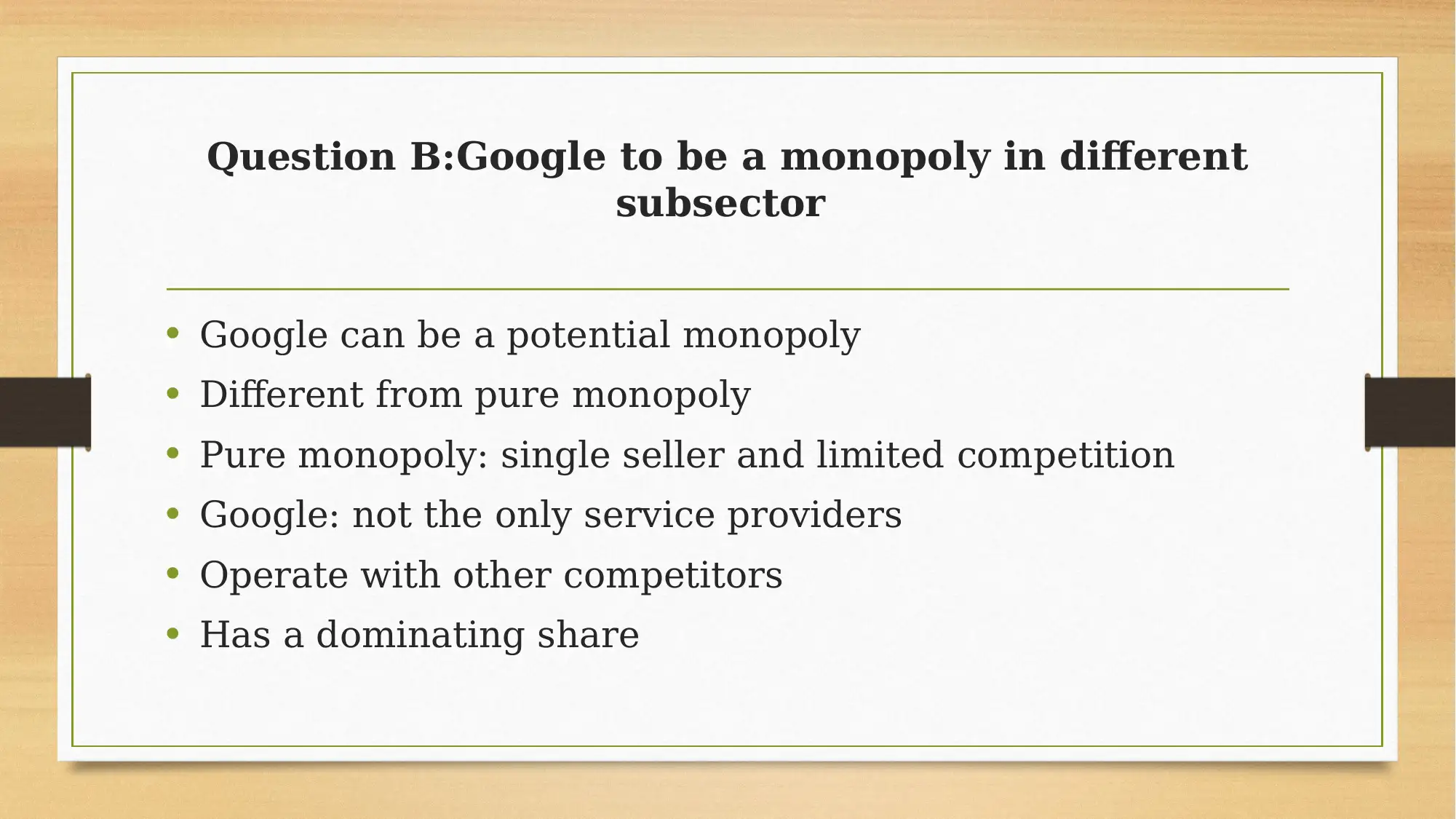
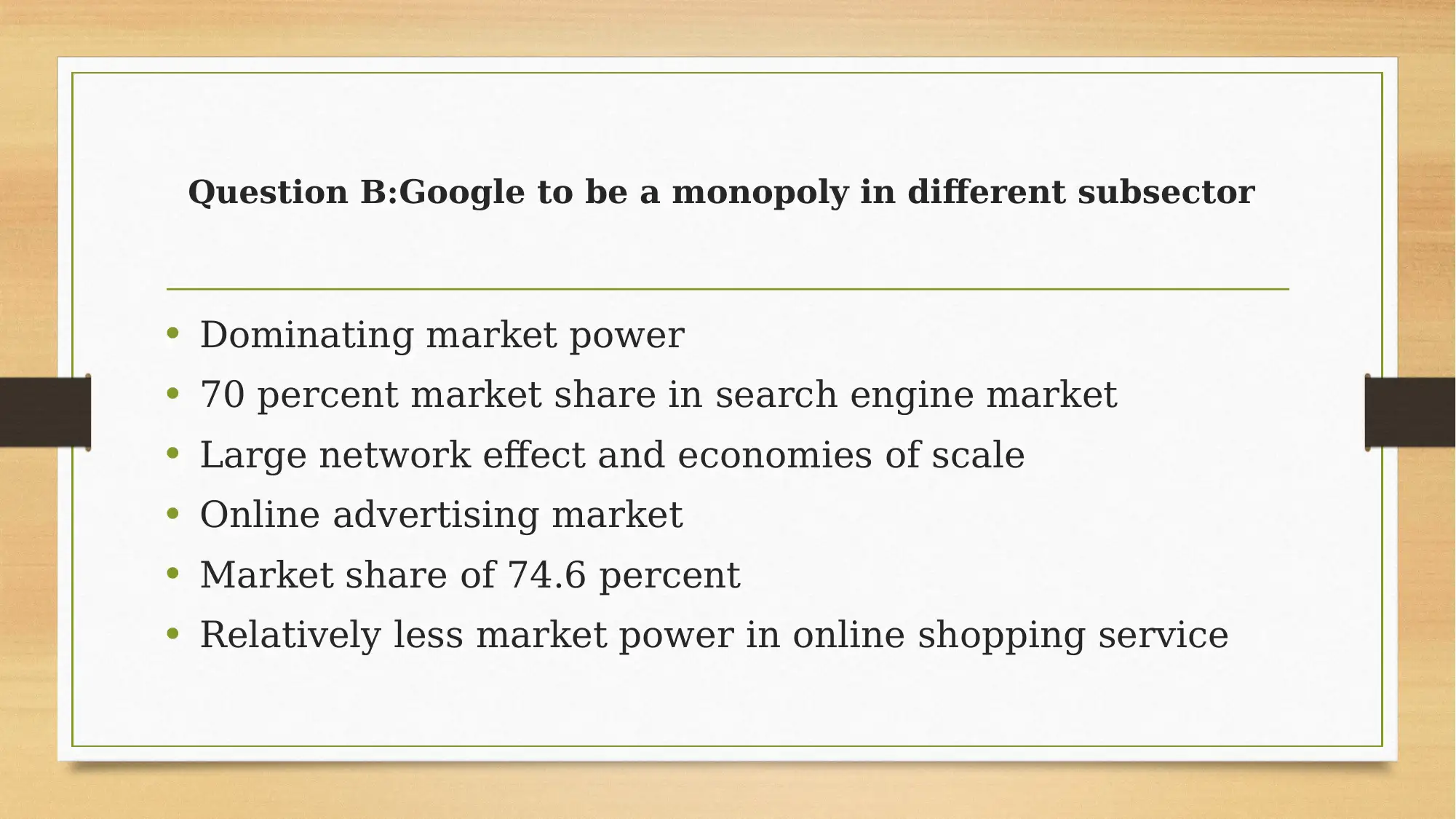
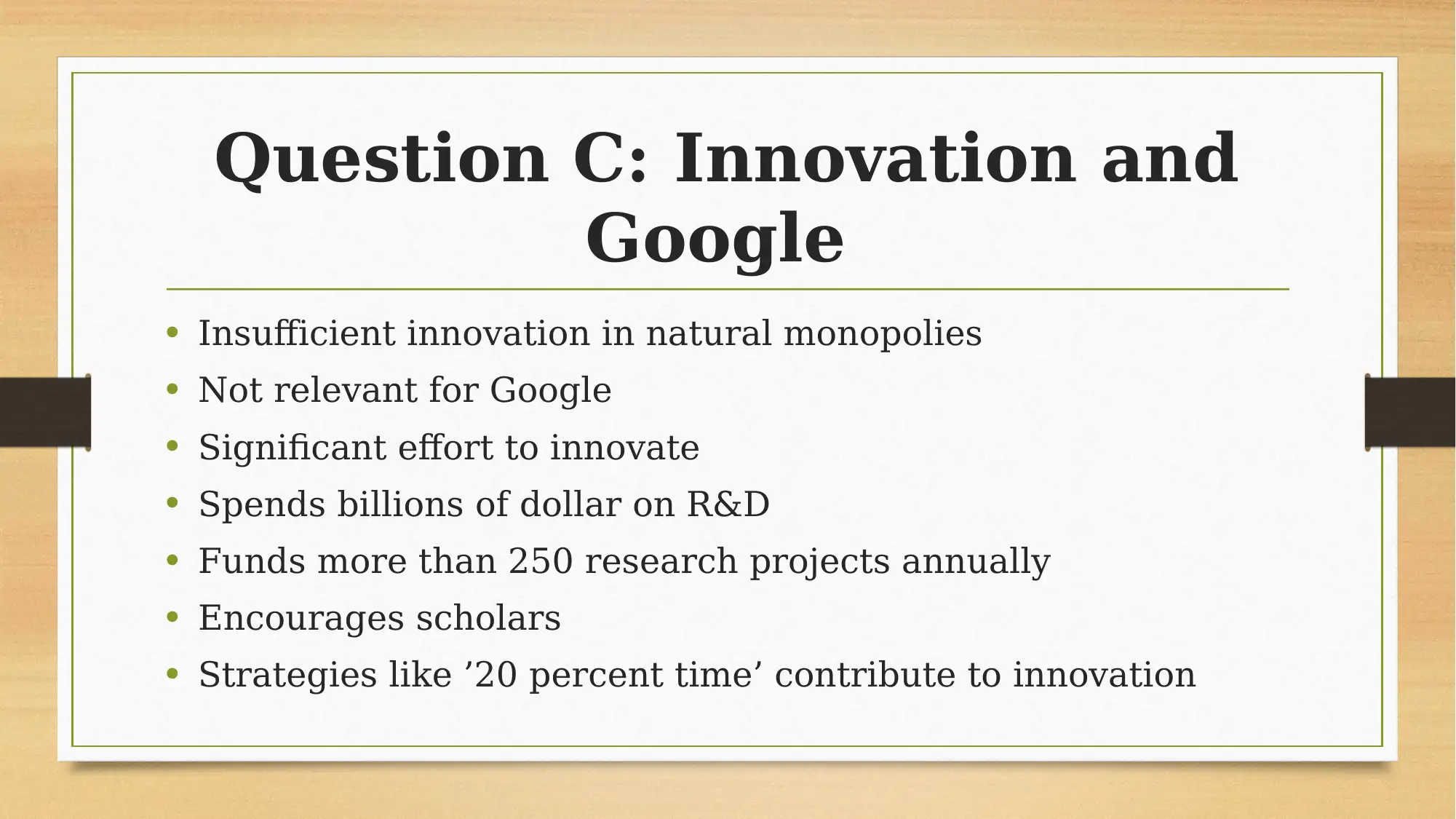
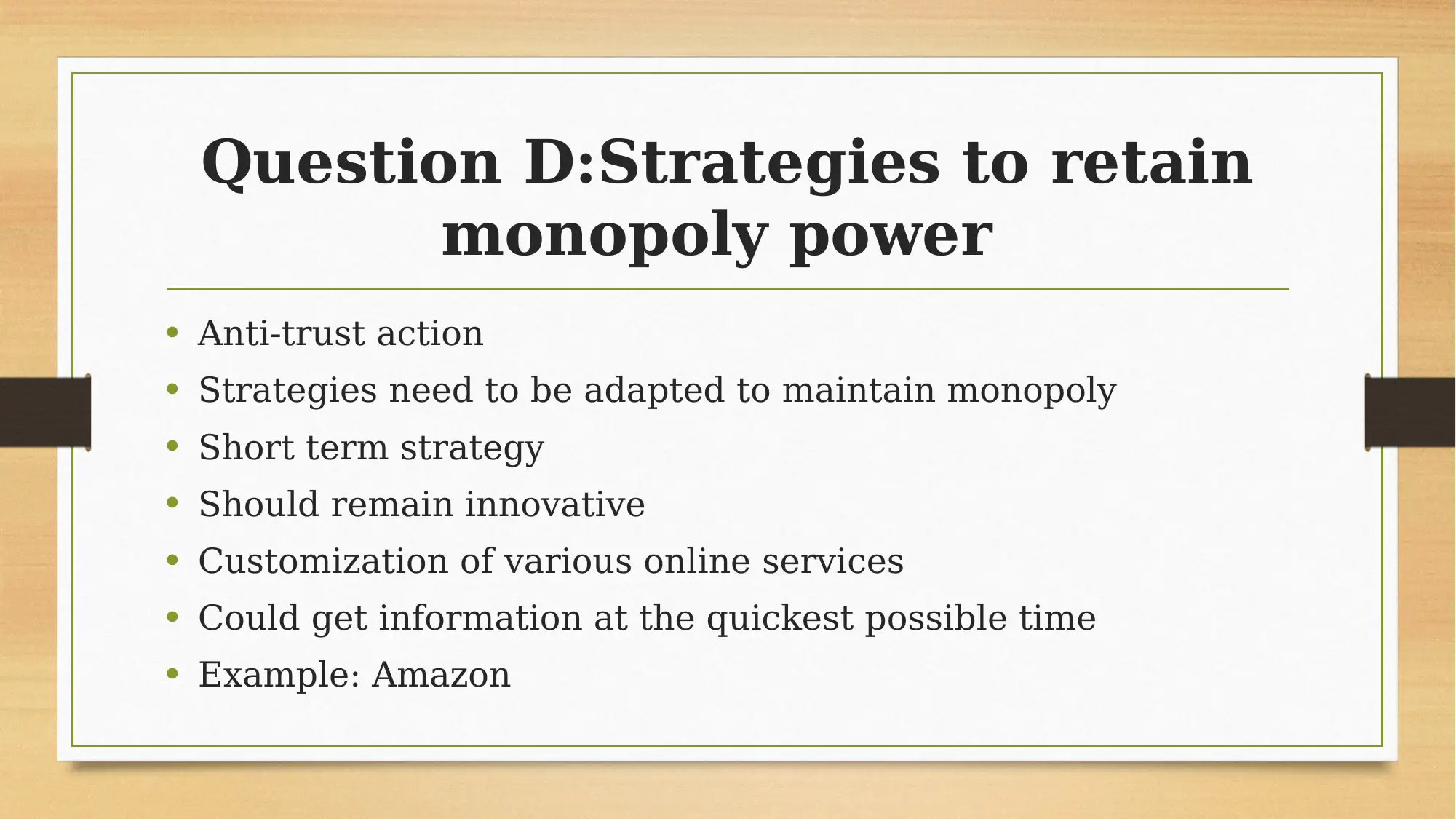
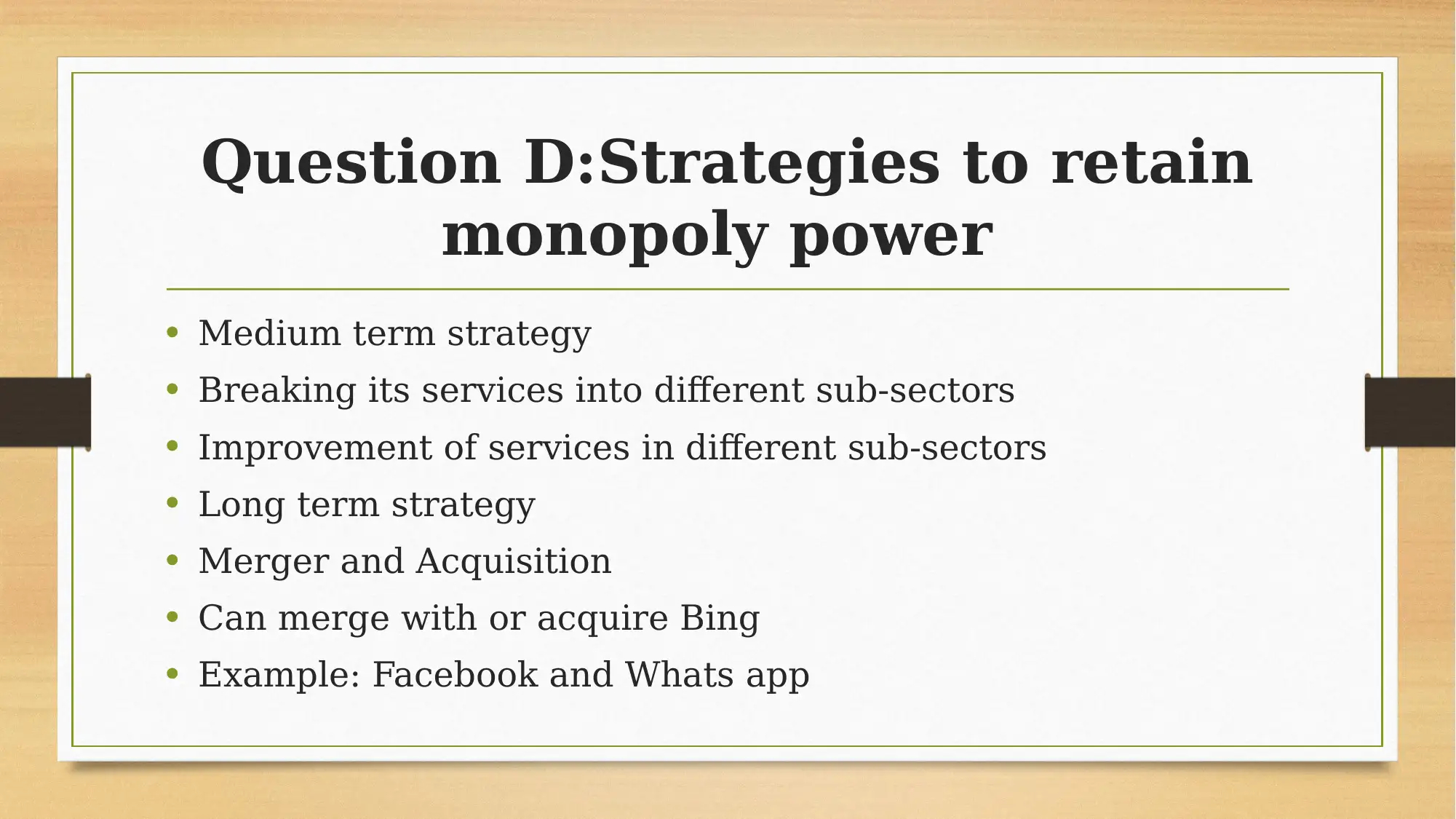
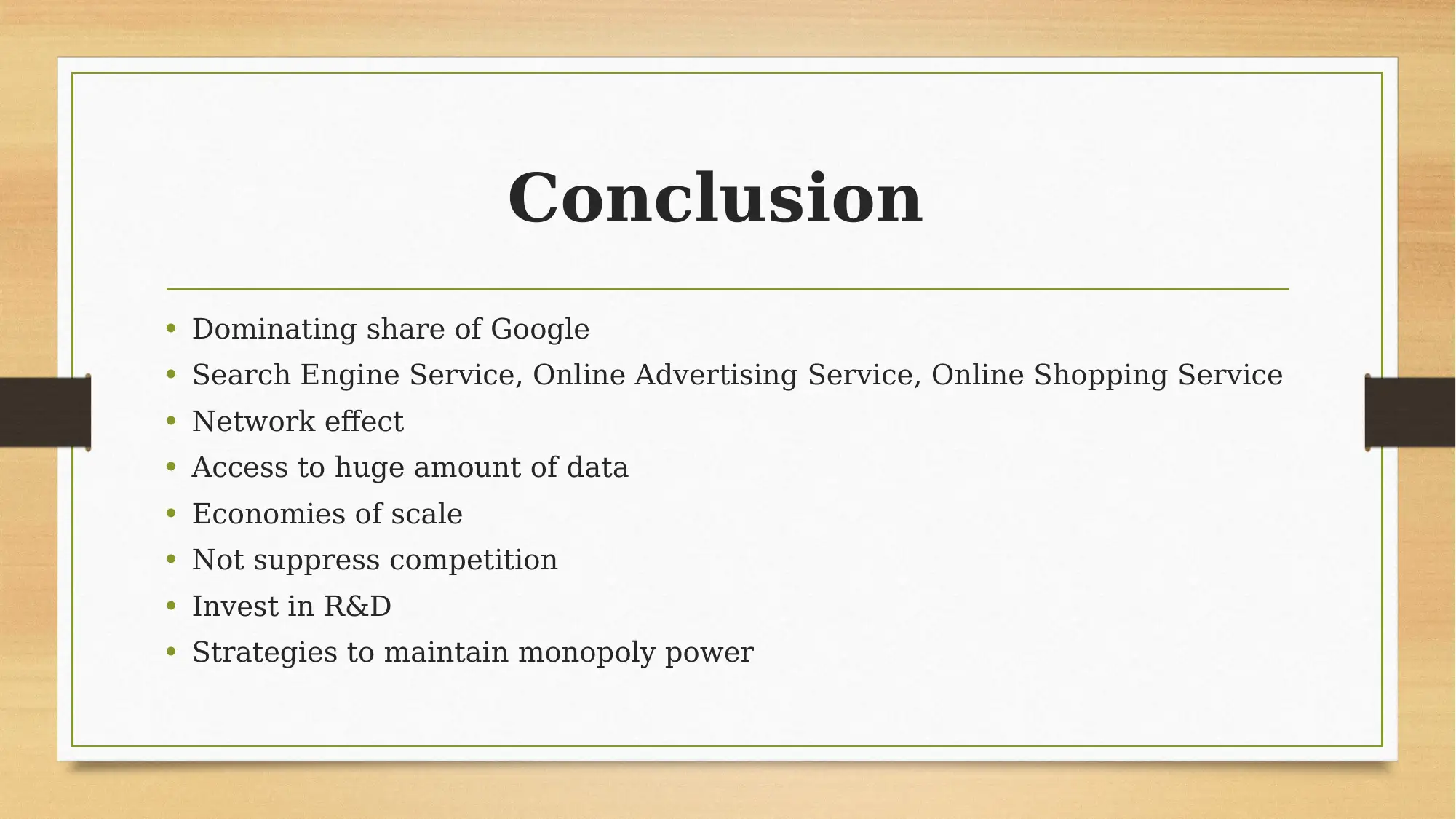
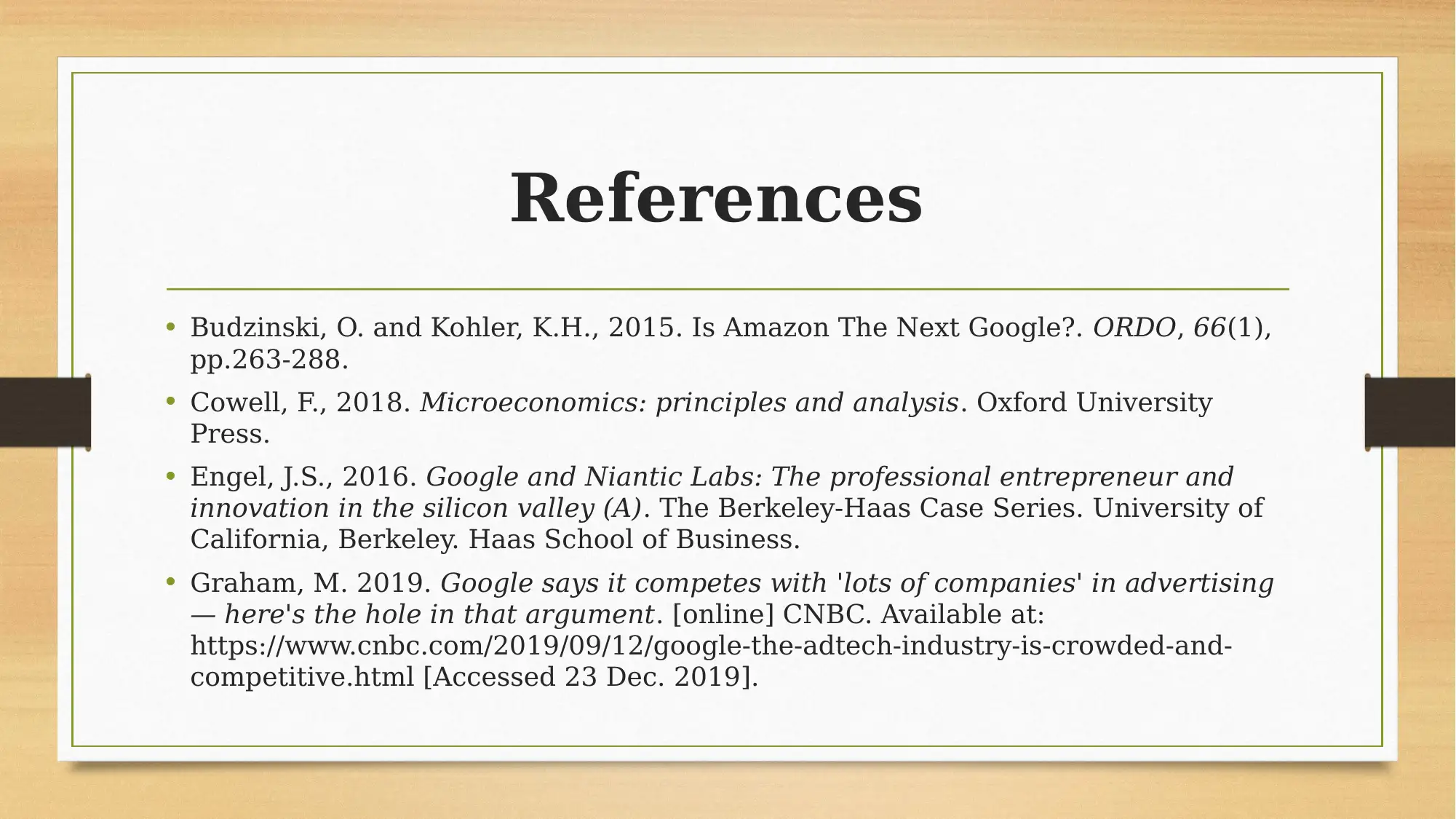



![[object Object]](/_next/static/media/star-bottom.7253800d.svg)